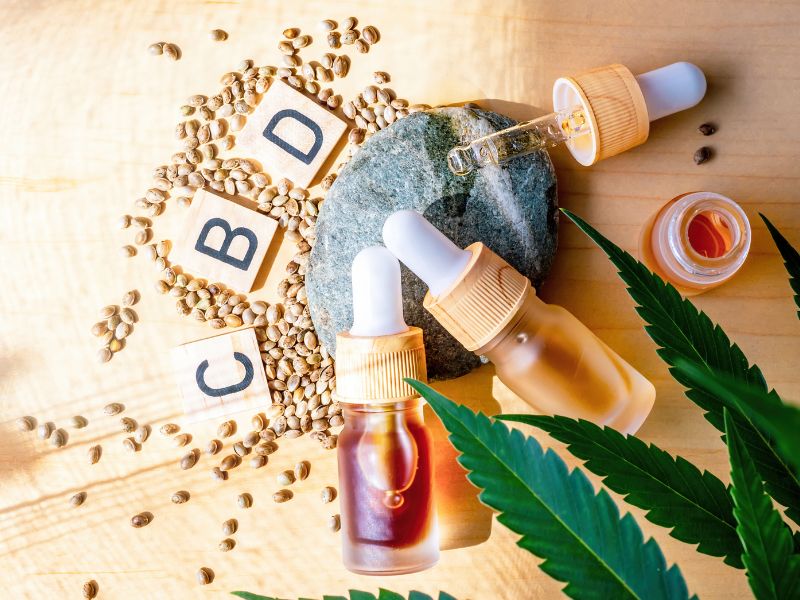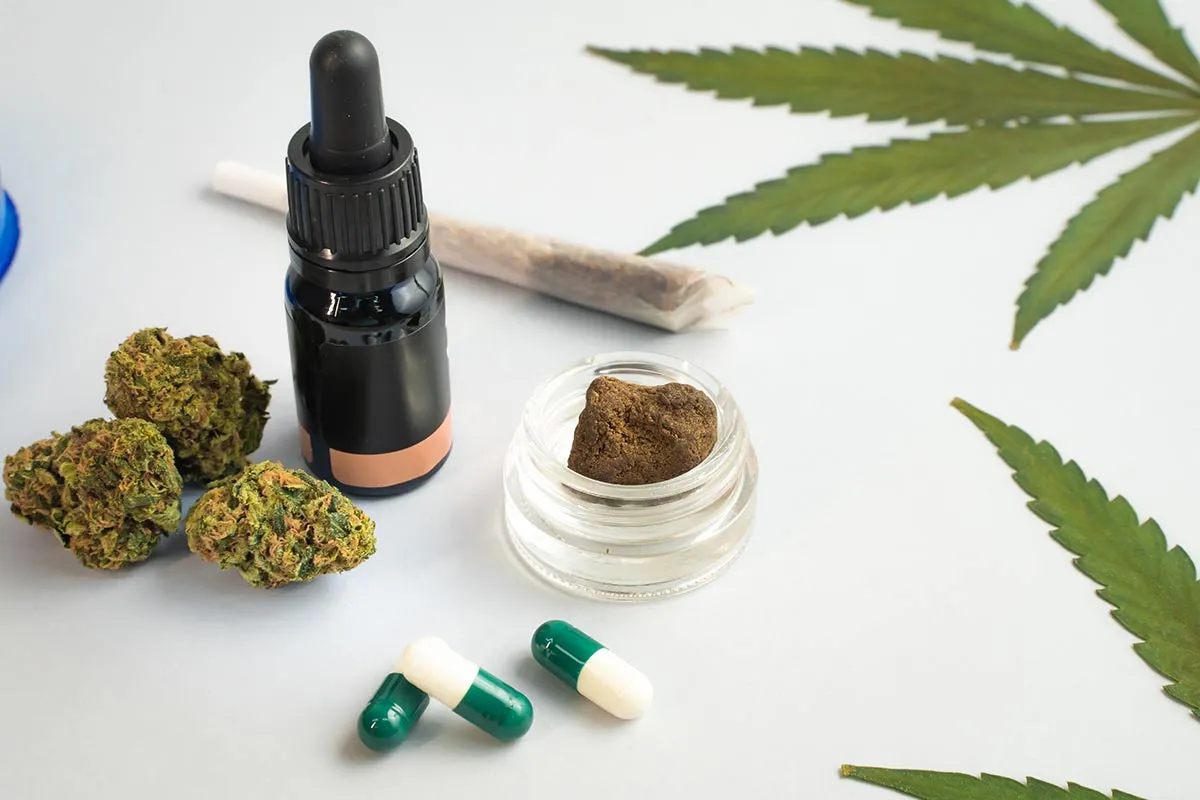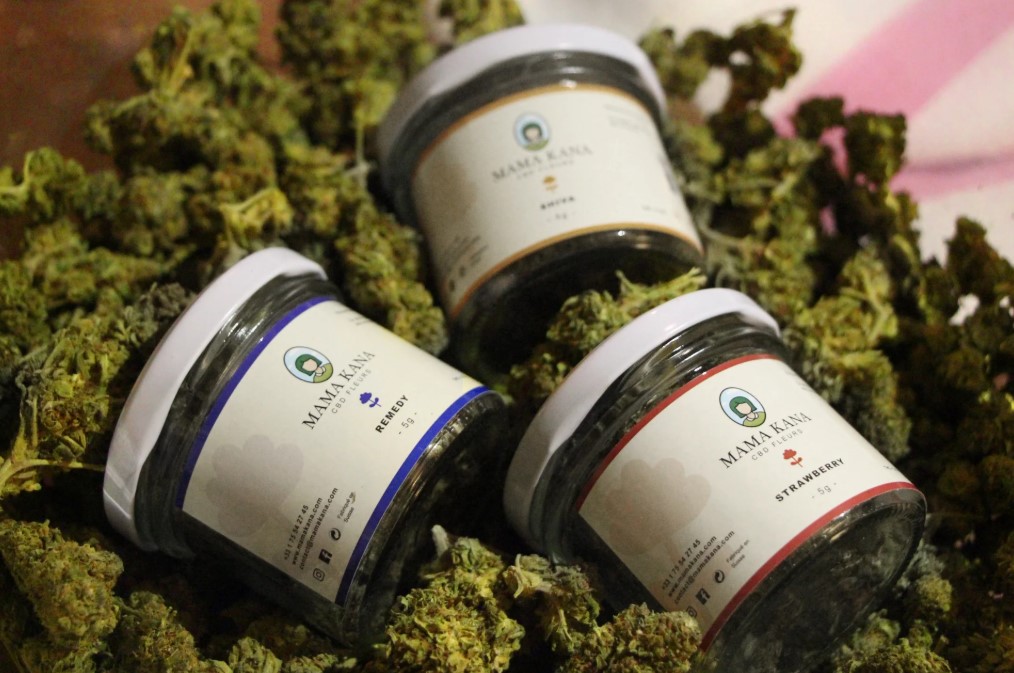
Painkillers once reigned supreme. Popping a pill was often the first reaction to a headache, joint ache, or post-gym soreness. But tides are turning. Across cultures and communities, people are questioning what goes into their bodies and demanding options that go beyond chemical dependency.
What’s emerging instead? Natural alternatives that focus on healing without the risks.
People aren’t just looking to dull pain anymore; they want solutions that respect their bodies, work in harmony with them, and don’t leave them with side effects or long-term risks. And that’s where natural methods shine.
Let’s explore why.
Chemical Risks That Made Room for Alternatives
One of the biggest concerns is dependency. Opioids, once prescribed freely for everything from dental surgery to minor injuries, have led to a global crisis. Even less potent medications like NSAIDs (think ibuprofen or naproxen) aren’t harmless. Long-term use has been associated with liver issues, kidney damage, and gastrointestinal bleeding.
Beyond the physical toll, there’s a psychological shift happening. People are no longer comfortable with masking symptoms while ignoring root causes. It’s not just about getting through the day anymore; it’s about supporting long-term wellness.

What Painkillers Don’t Tell You Upfront
- They can become less effective over time. Your body can build tolerance, forcing you to increase the dosage just to get the same result.
- They may create new problems. A quick fix today could mean digestive issues or cardiovascular strain tomorrow.
- They ignore root causes. Conventional meds often silence the symptom without addressing the inflammation, stress, or posture issues behind the pain.
The risks feel more real now, and so people are searching for something that feels safer and more sustainable.
What Are People Turning to Instead?
The natural pain relief landscape is bigger and more diverse than ever. It includes everything from ancient practices rooted in Eastern medicine to cutting-edge innovations in hemp-derived wellness.
What unites all of these methods is a shared goal: to reduce pain while supporting the body rather than overpowering it. These aren’t just stopgaps; many natural approaches encourage healing, reduce inflammation, and promote overall balance. And they often come without the crash or side effects of conventional drugs.
Let’s take a closer look at a few of the standout options.
Natural Options Taking the Lead
- Natural Method
- Benefits
- Common Uses
- CBD & hemp extracts
- Calming, soothing, and non-intoxicating
- Anxiety, muscle pain, joint issues
- Acupuncture & bodywork
- Stimulates internal balance
- Chronic tension, migraines, fatigue
- Herbal remedies
- Anti-inflammatory and cell-supportive
- Muscle aches, stress relief, and immune boosting

The Shift in Culture and Wellness
What’s fascinating is how much the conversation around health has changed in the last decade. It’s no longer just about responding to sickness. Wellness is now a proactive lifestyle choice, not a backup plan.
People are reading labels. They’re seeking out transparent brands. They want remedies that respect their bodies, not override them. This is about autonomy, making informed decisions, and being in tune with how our daily habits affect long-term wellbeing.
Natural pain relief fits perfectly into this broader cultural wave. It allows people to care for themselves while staying connected to values like sustainability, simplicity, and self-awareness.
Health Isn’t Just About Fixing What’s Broken
Modern wellness isn’t waiting for pain to strike. It’s about creating habits that prevent it from becoming a major issue in the first place. Things like anti-inflammatory diets, conscious movement, mental wellness practices, and herbal support are becoming non-negotiable for people who see health as a full-body, full-life responsibility.
Mama Kana – A Brand Leading the Charge
In the growing world of natural wellness, certain names rise to the top because they’re not just selling a product; they’re reshaping the conversation. Mama Kana is one of those brands.
What makes Mama Kana stand out isn’t just the quality of its CBD-rich offerings. It’s how the brand frames its relationship with consumers. Their commitment to transparency, responsible sourcing, and lab-tested formulations reflects a deep respect for the people using their products.
Mama Kana has built its identity around trust, accessibility, and intentionality. They’re not pushing a magic fix; they’re inviting users to be part of a more thoughtful, balanced way to manage everyday discomfort and even allow you to buy CBD flowers on special offer.
Their role in making plant-based wellness more mainstream can’t be overstated. By prioritizing safety and sustainability, they’ve helped normalize a conversation that used to feel niche.
Mama Kana doesn’t just talk the talk. They walk it, offering tools that empower people to take back control of their pain management with integrity and care.

Conclusion
More and more, people are realizing they don’t have to choose between relief and long-term health. The dominance of traditional painkillers is beginning to slip, not because they don’t work, but because people are finally questioning what kind of relief they actually want.
We’re not just managing pain anymore. We’re redefining what it means to feel good, every day.
FAQ
Are natural remedies backed by science?
Yes. Many, including CBD, turmeric, and acupuncture, have growing scientific support for their effectiveness in managing pain and inflammation.
Is CBD safe to use daily?
For most people, yes,but it’s always smart to consult your healthcare provider, especially if you’re on other medications.
Can I still use painkillers occasionally if I go natural?
Absolutely. A blended approach works well for many people. The goal is to reduce dependency, not eliminate options.
How long does it take for natural options to work?
Some offer fast results, like CBD balms or acupuncture. Others, like herbal routines, may need a few days or weeks to show full benefits.
Will natural methods replace all medications?
Not necessarily. It’s about having choices that align with your values and goals, and using them wisely. For many, that includes both natural and conventional tools.













